
There was no evidence that CAR T directly caused secondary malignancies, despite FDA warnings, citing prior treatments as the cause, according to research.

There was no evidence that CAR T directly caused secondary malignancies, despite FDA warnings, citing prior treatments as the cause, according to research.

An expert explained a potential side effect associated with treatment consisting of Itovebi for breast cancer.

Buying a pretty bracelet was healing because it let me look at my lymphedema in a new light.

An expert explains that the GAP regimen did not improve overall survival in advanced biliary tract cancer versus the doublet and increased severe side effects.
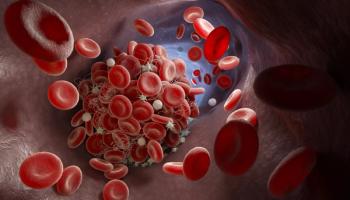
Researchers have found Brukinsa to be a potentially safer alternative for patients with chronic lymphocytic leukemia.
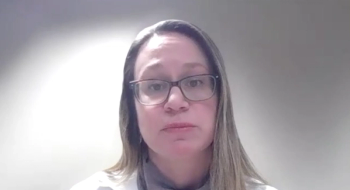
Dr. Megan Menon explains how patients can verify the authenticity of online prescription purchases for their cancer treatment.

It’s a $4 billion a year industry that includes fraudulent anti-cancer drugs and opioid medications. Here is what patients need to know about the risk of counterfeit drugs.

Dr. Petros Grivas discusses what precautions should be considered when treating patients with advanced urothelial carcinoma who have diabetes.

Results also show that reducing the Padcev dose at treatment initiation may benefit older patients with urothelial carcinoma, a type of bladder cancer.

Diagnosed with stage 3B lung cancer in 2018, I joined a support group where I met Jim and Melanie, and learned about Jim's sarcoma diagnosis.

The FDA has updated the product labeling for Xeloda and 5-FU to highlight the risks associated with dihydropyrimidine dehydrogenase deficiency.

Dr. Gabriel A. Brooks discusses the recent FDA product labeling update for Xeloda and 5-FU which aims to highlight risks associated with DPD deficiency.

Tagrisso was linked to higher cardiac risks in patients with EGFR-mutant NSCLC, including a four-fold rise in cardiac events and reduced overall survival.
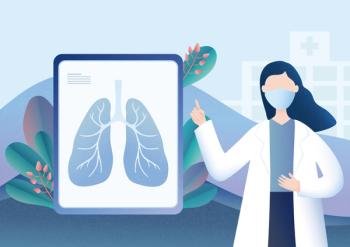
Alecensa weight gain is underreported in ALK+ NSCLC trials, highlighting the need for increased awareness and proactive management of this side effect.

PH284 increased feelings of hunger and was safe in patients with cancer cachexia, which results in significant weight loss.

In patients with cancer, HT-001, designed to address skin toxicities, elicited encouraging interim safety and efficacy results in the CLEER-001 trial

Elinzanetant significantly reduced the frequency and severity of hot flashes in women with breast cancer who were undergoing hormone therapy.
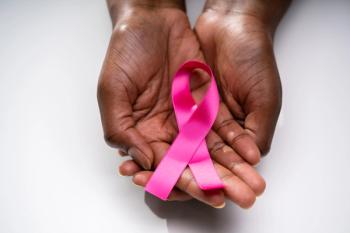
A patient advocate says that patients with breast cancer may find it challenging to feel "normal," but reconstruction advancements may help.

From the benefits of early adoption to the effectiveness of telehealth, here is what we reported about palliative care throughout the year.
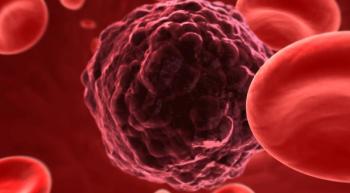
CURE® highlights some top stories from the ASH Annual Meeting, focusing on B-cell acute lymphoblastic leukemia, multiple myeloma and other blood cancers.

Patients with early breast cancer who are older may experience high-grade immune-related side effects after receiving immune checkpoint inhibitors.

In patients with certain B-cell blood cancers, heart-related side effects may occur less after receiving second-generation BTK inhibitors.

An expert explains how attitudes towards lymphedema risk have evolved over the years.

An expert told CURE that Trodelvy's side effects, such as neutropenia and fatigue, can often be managed through dose adjustments.

Ponsegromab helped patients with cachexia and elevated GDF-15 levels gain weight, increase activity and improve cachexia symptoms, with manageable safety.

After my breast cancer diagnosis, I decided to take a more active role in my treatment plan, opting for radiation therapy over chemotherapy due to concerns about side effects.

My daughter faced the difficult decision of balancing the potential benefits and risks of cancer treatment, including the long-term heart complications associated with Herceptin.

An expert told CURE that patients with cancer should discuss palliative care options with their team “as early as possible.”

Often mistaken as a synonym for hospice care, palliative care can be critical for patients with cancer and serious illnesses.

For patients with cancer, Symproic may prevent constipation and improve quality of life.